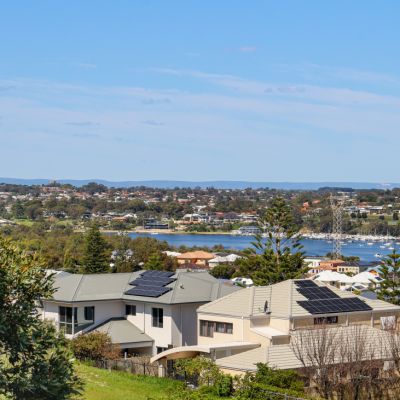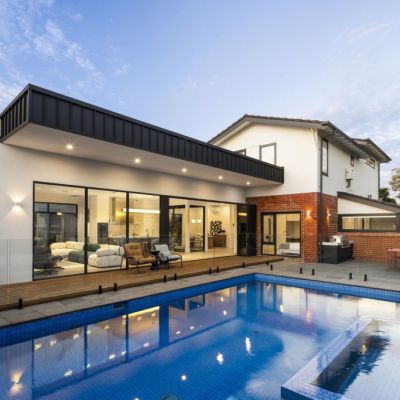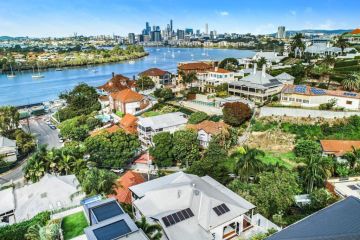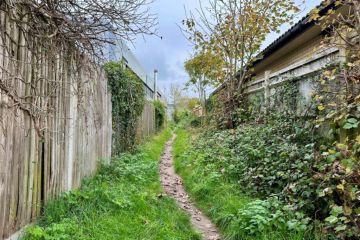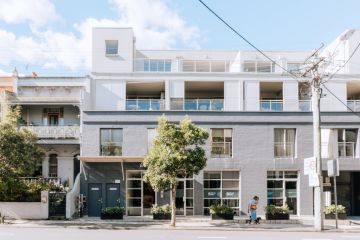Landscape architects take the lead in Australia’s city-shaping projects
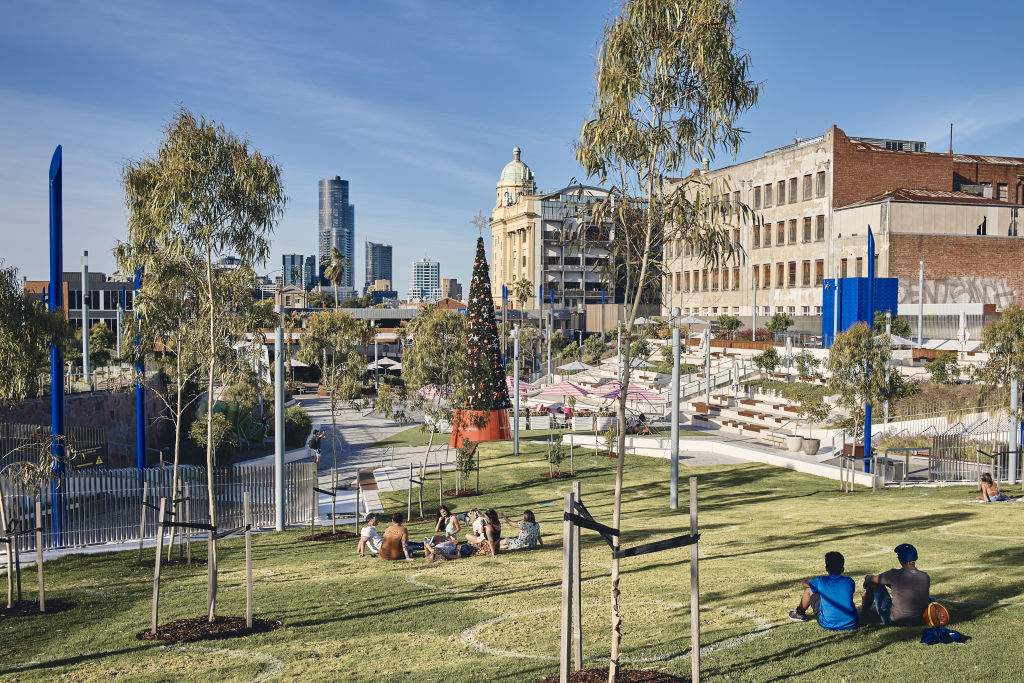
Landscape architects have grabbed top spot in many of the most significant city-making projects underway across the country, moving up from being brought in only afterwards to put a little “parsley around the pig”.
Now, instead of merely adding a garnish of greenery around the buildings later, they’re front and centre of crafting designs that make the most of sites, and ensuring that even high-density developments allow connections to nature.
That’s the case for every major development planned, from plotting new medium-density housing studded with green parks in Sydney to surrounding the new Harbourside Residences at Darling Harbour with trees and open spaces; and from Melbourne’s ecological restoration project, the Greenline, to its landscape-led residential community at Ashburton.
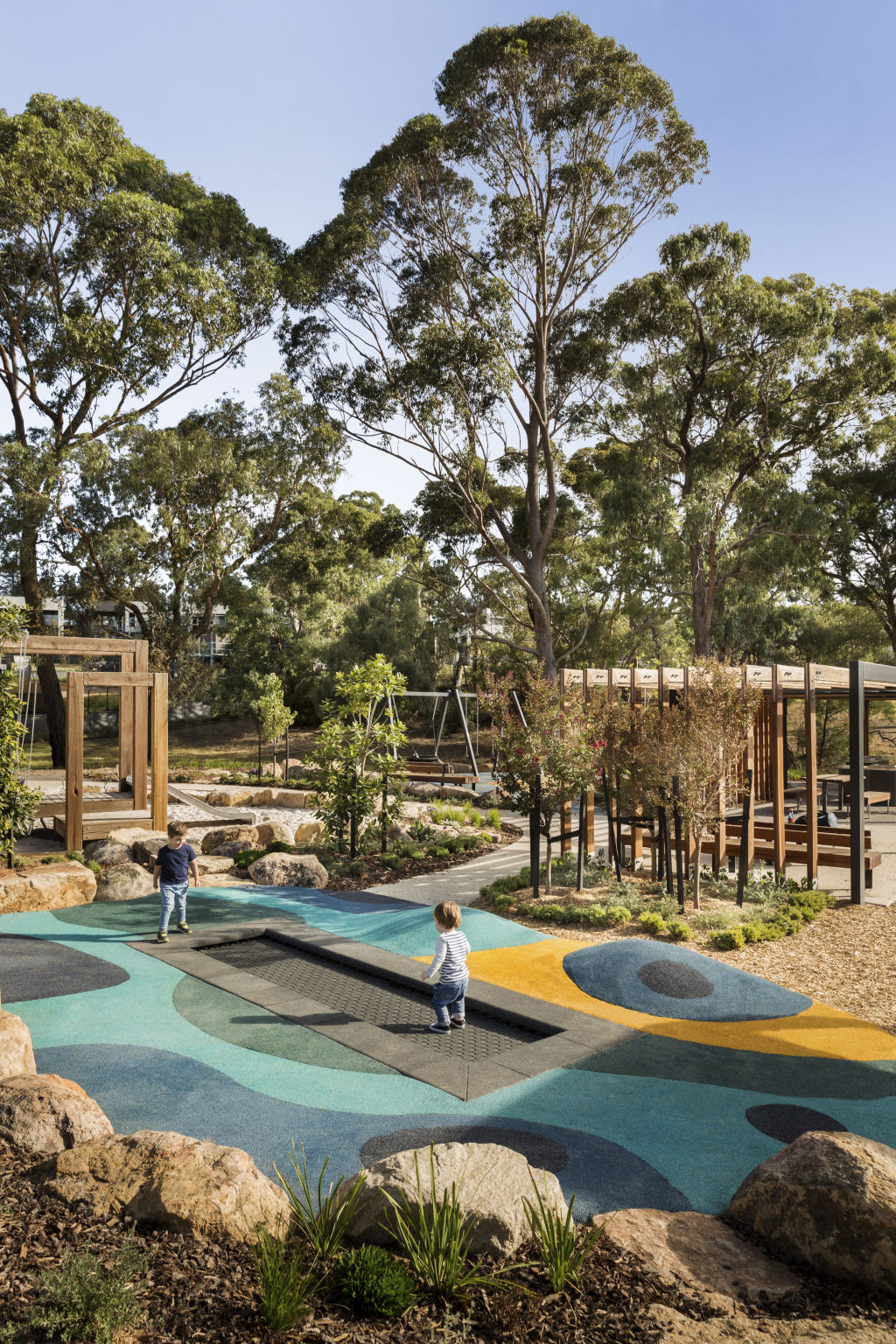
“Landscape architects look at what a city needs and at its topography, as well as taking into account climate change and the need for regenerative projects and for development to be nature-positive,” says Jason Cuffe, managing director of Moir Studio, which has just opened an office in Sydney.
“There’s a housing crisis, especially in Sydney, and while there’s a need for density, we’re also looking for quality of amenity, open space and greenery. We don’t want just green around the edges.”
Recent landscape-led projects include Snøhetta + Hassell working with Mirvac’s Harbourside, where Mirvac’s Stuart Penklis says landscaping is one of the most important pillars of their projects, as well as the Parks for People Program, led by the NSW Government working with multiple landscape architects, including Moir Studio, and Hassell redesigning the Macquarie Street East precinct. Others are the Western Ridges Walk or Gabrugal Yana at the Western Sydney Parklands and the Bridges Hill Park Playground at Cessnock in the Hunter Valley.
Across the world, a movement has started that brings landscape architects to the fore. This year’s international landscape architecture conference in Toronto (held by the creatively named Council on Tall Buildings and Urban Habitat) is titled From The Ground Up to show how important it is to start planning on the ground plane.
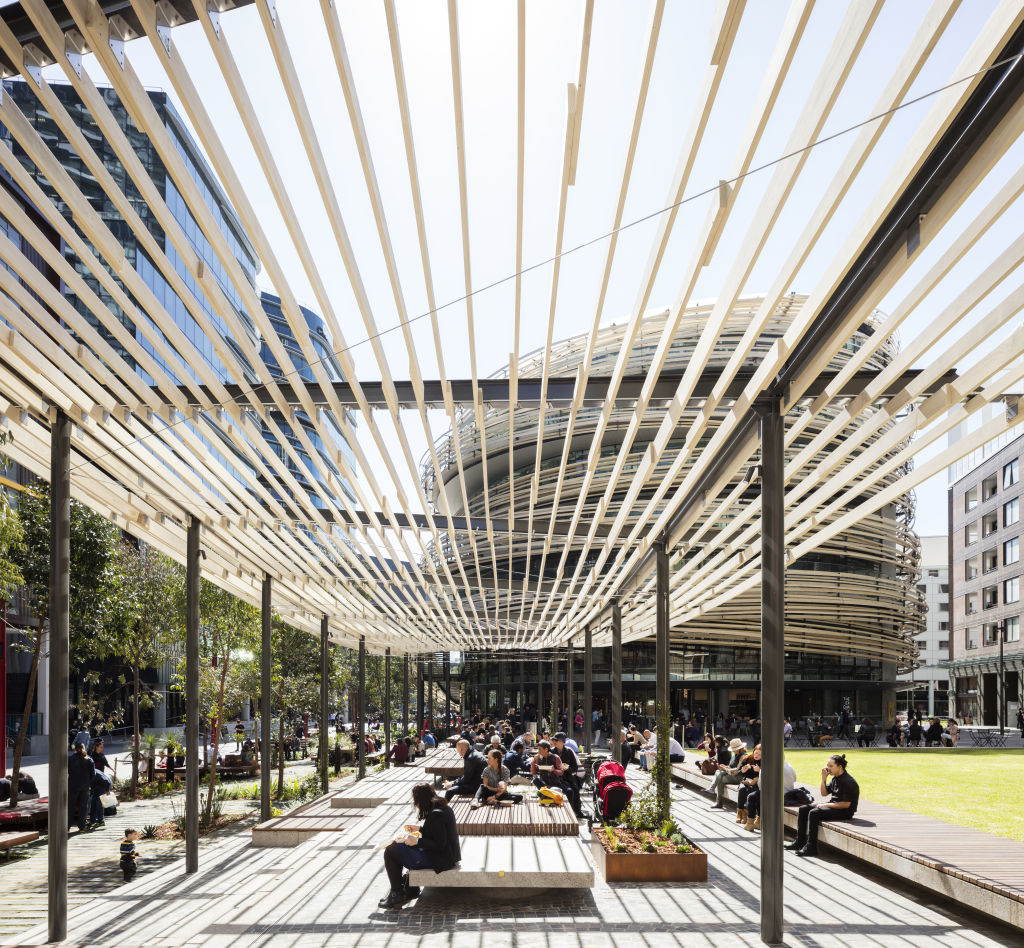
ASPECT Studios global design director Sacha Coles, says that should be the first priority, and the buildings are secondary. “It’s ground up urbanism, looking at everything from the site’s geology to its history and social and cultural factors,” he says. “We should consider the streets as public spaces so the buildings contribute to the overall space, and, done well, they can be amazing contributors.
“We’ve seen priorities change dramatically over the past 25 years. Now, the focus is on the health benefits developments offer, creating biodiversity with regenerative design, transport [such as] opportunities to cycle and walk, and generous open spaces.”
Those are the principles of many of the developments he’s worked on and is currently engaged with, like Sydney’s Darling Square, the refurbishment of Dixon Street in Chinatown, the new fish markets and the cycleway going over the Sydney Harbour Bridge.
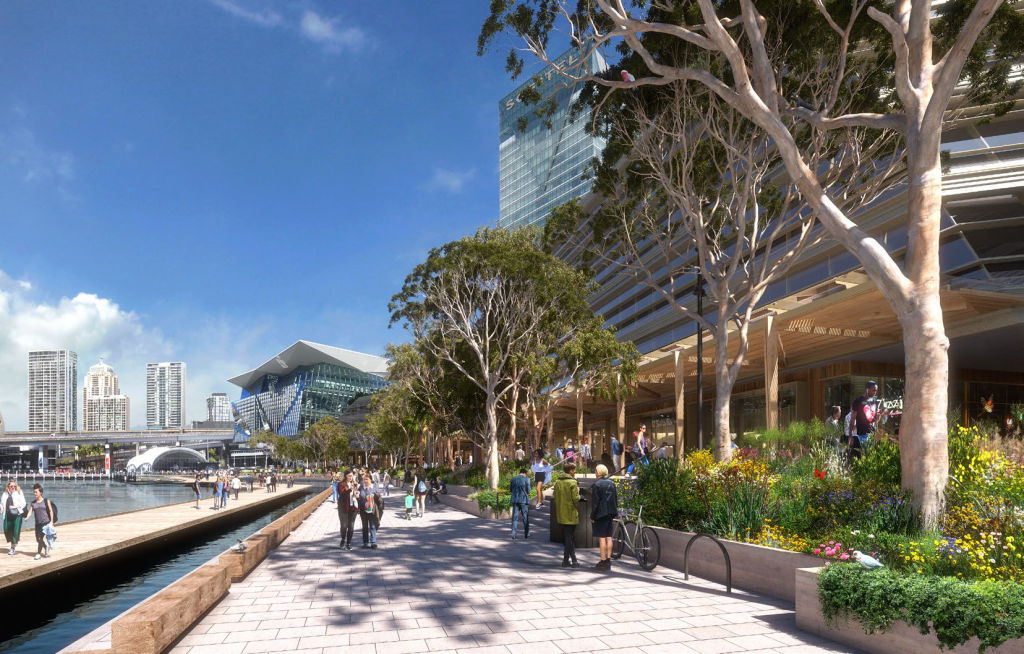
Meanwhile, in Melbourne, there are many major projects in which landscape architects play a significant role. According to Yazid Ninsalam, associate dean of landscape architecture at RMIT’s School of Architecture and Urban Design, some of those projects include the Greenline, seeing the Yarra (or Birrarung) as a central force in shaping the city, and the new housing development by Mala and Architectus on Markham Avenue in Ashburton.
Others include infrastructure as city-shaping, like the Victorian government’s Level Crossing Removal Project, which will have taken out 75 of the most congested crossings by the end of this year, the Royal Park master plan review and the Arden-Macaulay major urban renewal precinct, which is happening around the new Metro Tunnel station opening soon in North Melbourne.
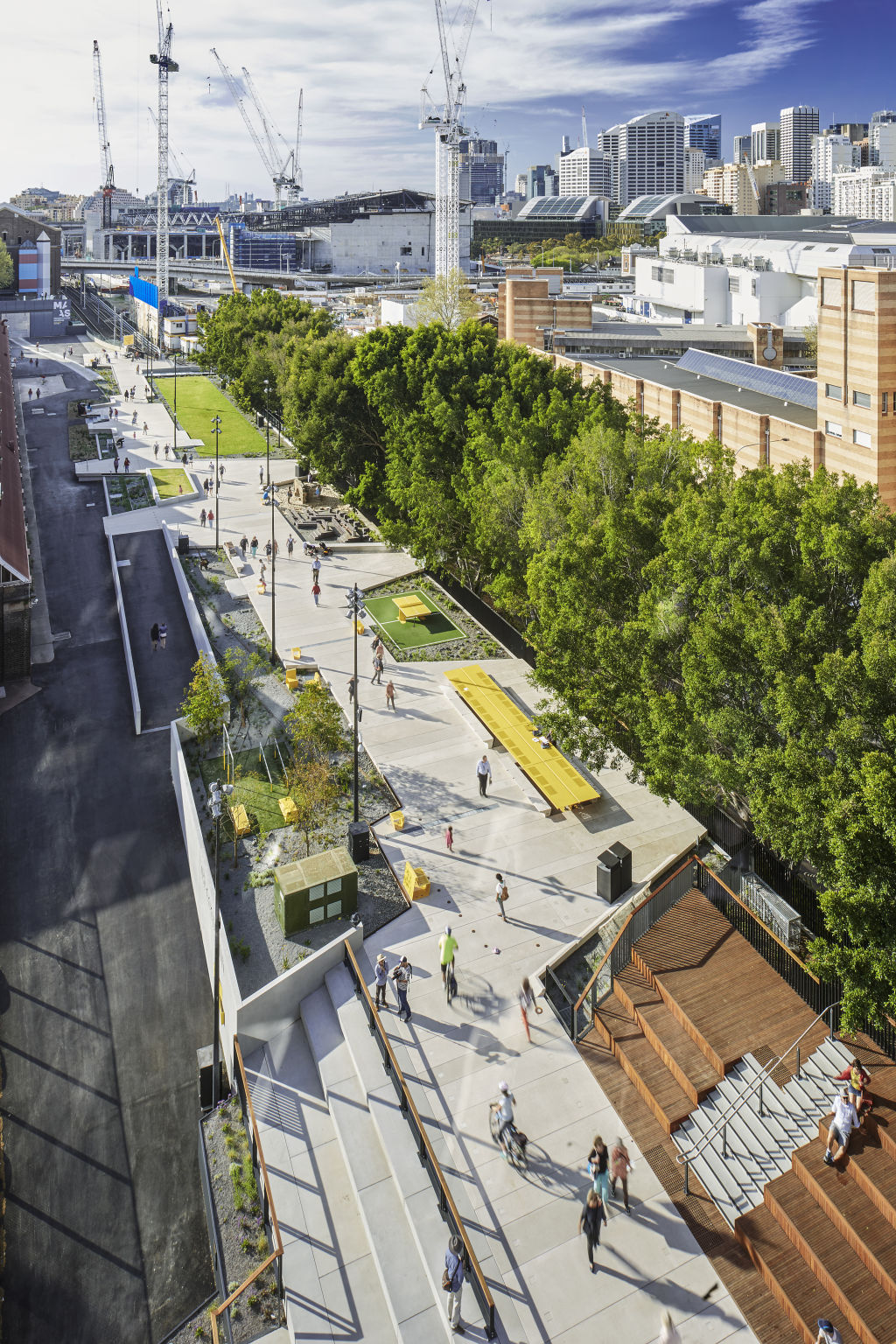
“To me, the Arden Central renewal presents an opportunity for landscape architecture to take a leading role in shaping the future of Melbourne,” says Ninsalam, referencing the industrial area just north of the CBD, which has faced challenges like contamination, flooding and urban heat. “A landscape-led approach in rethinking the precinct can demonstrate how public space, ecology and climate resilience are not peripheral, but fundamental to the city’s structure and identity.
“By integrating green infrastructure with flood management, biodiversity corridors and inclusive public realms, the landscape becomes a vital framework for urban life – cooling the city, fostering community and restoring ecological systems.”
City-shaper Urbis also stresses the collaborative role of landscape architects who bring everyone together, such as architects, interior designers and First Nations representatives, to develop the best solutions. “Together, with a people-centric approach, they can create really inspiring places,” says director Mark Kuhne. “They bring nature into cities and build place connections and best performance.”
We recommend
We thought you might like
States
Capital Cities
Capital Cities - Rentals
Popular Areas
Allhomes
More
- © 2025, CoStar Group Inc.
